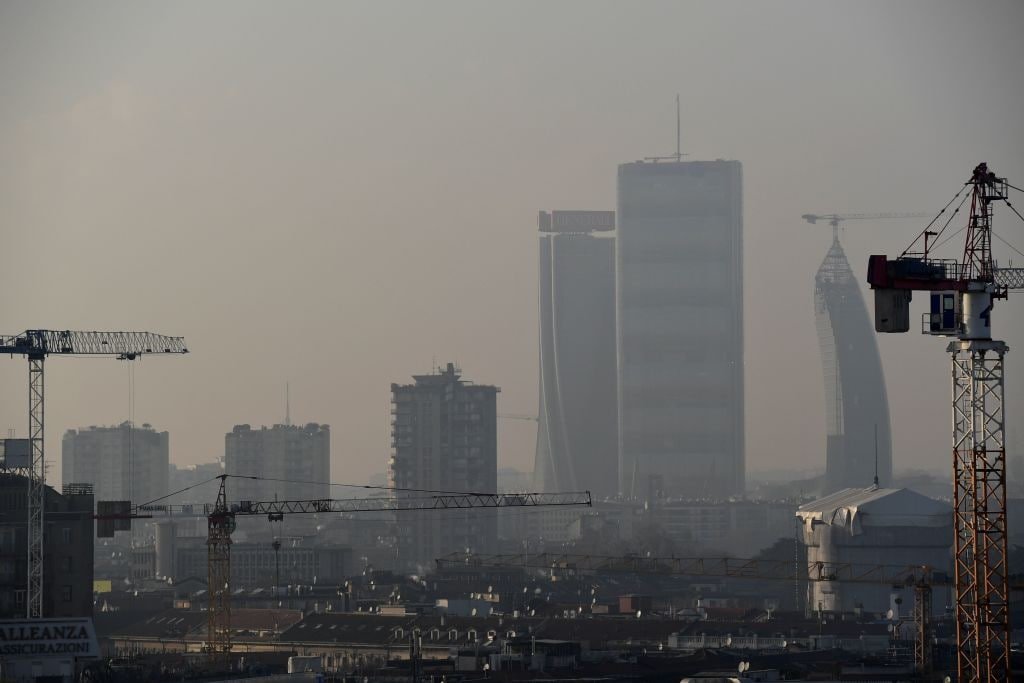LARGE’World Health Organisation has clearly established that average annual concentrations of PM2.5 should not exceed 5 micrograms per cubic meter. In Europe, 98% of the population lives in areas well above this limit. And Italy stands out, unfortunately in a negative way. Let’s see why
According to the medical-scientific community, every year the deaths due to particle pollution reach 400 thousand people in the European continent alone, with 30 million people living and raising their children in areas with a concentration of particles about 4 times higher than predicted. accepted”.
The Guardian came out a few days ago with a careful study from which it seemed that Eastern Europe is much more polluted than Western Europe. Well, we would say! But no, this is not the case because it is the Bel Paese that is an exception. In this case, those most affected are the Po valley and the surrounding areas where levels very similar to those of Eastern Europe are recorded. The most polluted state is North Macedonia where, in certain areas, the amount of PM2.5 is 6 times higher than the limit set by the WHO.
As we mentioned, Western Europe is doing better and this is confirmed by the data from Spain, Germany and France. However, the PM2.5 level is still very high.
But what are fine particles and why are they a threat?
The one who explains it to us Veronesi Foundation: “Fine particles are part of atmospheric particles (abbreviation PM, from English particulate matter), i.e. solid and liquid particles of organic and inorganic substances (except water) suspended in the air. Larger particles, if hit in a certain way by light, are visible in the form of dust or mist, unlike smaller ones which are invisible. It is not a single chemical entity, but one complex mixture; among the main components of the fine dust there are sulfates, nitrates, ammonia, chloride…” and many other substances!
PM is really dangerous to our health and today it is a real health emergency
This kind of pollution increases the risk of heart disease, lung disease, low birth weight and stillbirth. It causes cancer and heart attacks. The reason lies in the fact that 2.5 particles are so small that they can penetrate deep into the respiratory tract, reaching the blood and lungs.
So what should we do?
The only way we have to defend ourselves is to monitor the air quality index report and when the situation is not good, we can reduce the time we spend outdoors and try to reschedule indoor activities. Then we can consider wear an FFP2 maskalthough it does not offer complete protection from pollution, beware of over 90%.
Federica Gasbarro works with The Wom independently and is in no way associated with the advertisements that may appear in this content.

